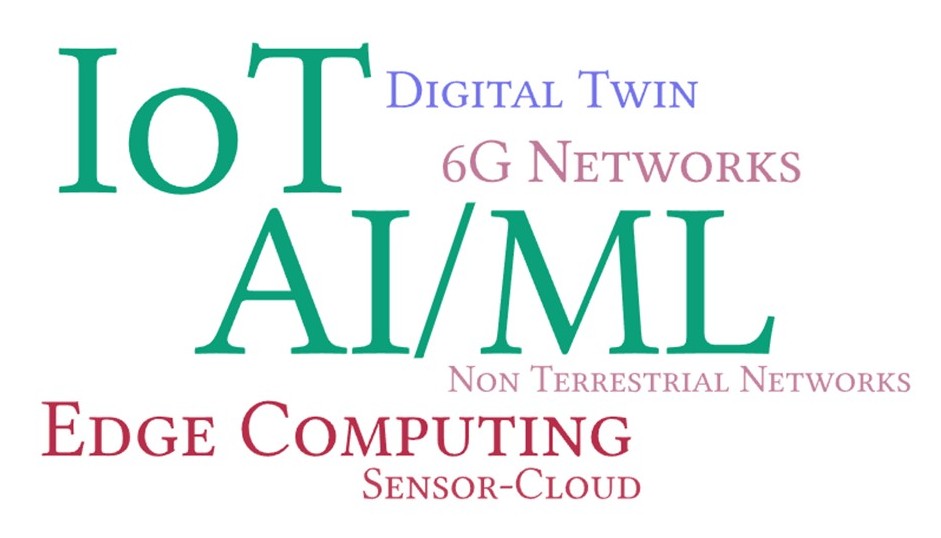Research
Research Group: COSINE Lab
Research Domains

Research Grants
- Oct. 2025 - Sept. 2026: Improving The Performance of IEEE 802.11ah UAV Networks In Mission-Critical Defense Environments, NMICPS TiHAN-IIT Hyderabad, Amount: INR 21,91,000. (Co-PI)
- Sept. 2025 - Aug. 2027: Revolutionizing Autonomous Navigation through Occlusion-Resilient Autonomous Driving Using Intelligent Perception Systems, Collaborative Research Grant, IIT (ISM) Dhanbad, Amount: INR 60,00,000. (Co-PI)
- May 2025 - May 2027: Energy-Efficient Federated Deep Reinforcement Learning for Multi-UAV Edge Intelligence Using Tiny Models, FRS Grant, IIT (ISM) Dhanbad, Amount: INR 19,99,800. (PI)
- Mar. 2025 - Sept. 2026: AI-Powered Vision Systems for Low-light and Low-visibility Underground Mining Environments, TEXMiN Foundation (DST TIH), Amount: INR 17,35,000. (Co-PI)
- Nov. 2024: Special Lab Establishment grant, IIT (ISM) Dhanbad, Amount: INR 29,09,500. (PI)
- Oct. 2023: Using Edge Intelligence for Resource Allocation in Wirelessly Powered UAV-IoT Network, SRM University-AP (Seed Grant), Amount: INR 15,24,000. (PI)
- Oct. 2018 - June 2019: Breaking the Barriers of Skin Disease Diagnosis with Computational Imaging and Artificial Intelligence, SINE, IIT Bombay and Intel Inc. (Plugin 2 Startup Cohort), Amount: INR 10,00,000. (Co-PI)
- Aug. 2015 - Jan. 2017: Multispectral Optical Imaging and Computing Technologies for Realtime in-situ Functional Characterization and Monitoring of Cutaneous Wound Healing Progression, BIRAC, DBT, Govt. of India (BIG grant), Amount: INR 41,79,000. (Co-PI)
COSINE Lab is hiring: I am looking for motivated and aspiring candidates for PhD positions. Candidates interested working in areas such as UAV-IoT networks, Edge computing, Non-terrestrial networks, digital twin, and edge-cloud-continuum need to email me with their latest CV. For more information about the eligibility criteria, benefits, and fellowship of PhD program, you may visit the following links – PhD program.
